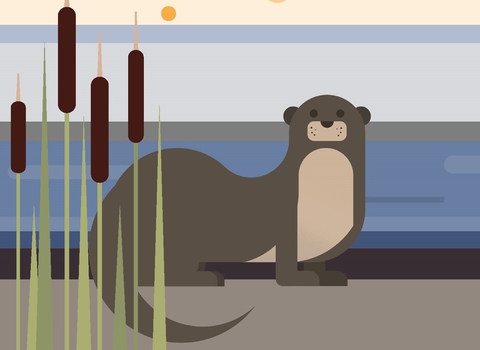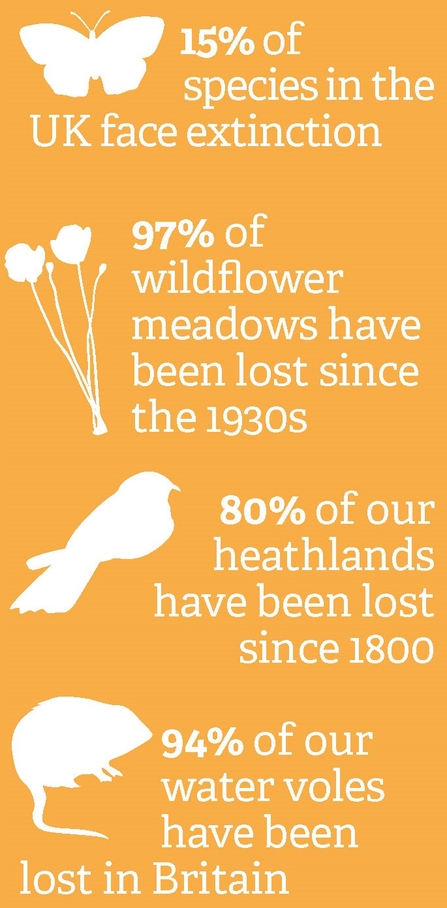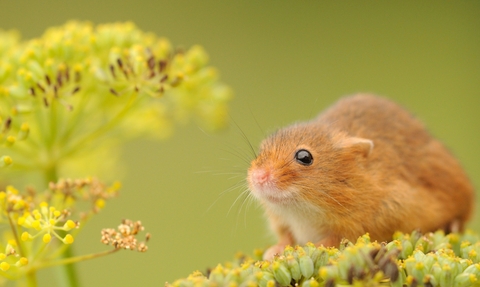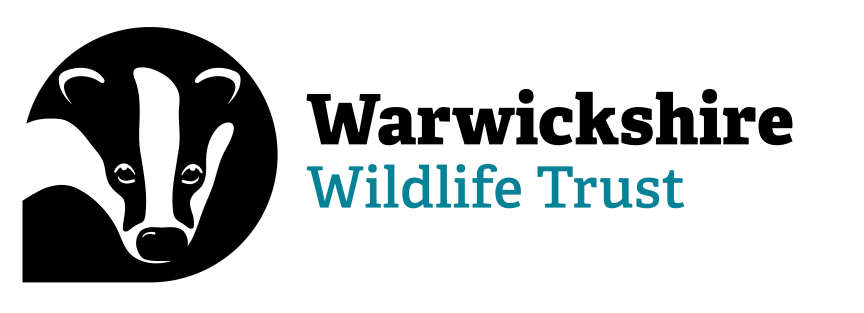
Global Problems, Local Solutions
People turn to nature in moments of joy and in moments of sadness. We are part of the natural world: we depend on it for the air we breathe and the food we eat.
Our planet is facing a number of connected environmental crises. Here we’re turning the spotlight on the ecological crisis, its impact and how we can work together to provide the answers in Warwickshire.
The UN’s 2019 Global Assessment Report (IPBES Global Assessment) warned the world that nature is in freefall, with biodiversity declining faster than at any other point in human history. As a result, we are now facing what scientists are referring to as the world’s sixth mass die-off, with a million species facing extinction across the globe, many within decades.
The ecological crisis, and the resulting collapse of vital life-support systems that nature provides through clean air, clean water, pollination, food and natural resources, also therefore threatens the human race.
The 2019 State of Nature Report published similarly distressing news that here in the UK, the ecological crisis is accelerating. Since 1970, when Warwickshire Wildlife Trust was founded, 41% of species have seen their populations decline, with 15% of species at threat of extinction.
Despite valiant conservation efforts in Warwickshire to slow the decline and protect the most vulnerable species, wildlife has been pushed to the brink, with habitat destruction occurring at an alarming rate. Agricultural intensification, development for housing and industry and schemes like HS2 are driving a dramatic change in our local landscape.

Reversing the ecological crisis
In the last 60 years the country has lost 97% of its unimproved meadows, which has brought local extinctions here in Warwickshire. Plantlife’s 2012 report Our Vanishing Flora tells us that Warwickshire loses a plant species every three years, and so we have likely lost three species since the report was published, possibly more considering the acceleration in species decline. Loss of woodland due to a variety of factors including fragmentation of habitat, unsympathetic management and an increase in invasive species has stolen the nightingale’s song at dawn and dusk. The list goes on.
It’s a dark picture, but there is hope. Warwickshire Wildlife Trust, together with our members, partners and supporters, can and must be a major player in reversing the ecological crisis, by making a difference at a local grassroots level. We know that nature is resilient, and we know that given the right conditions, (30% of land for nature by 2030) it can recover, and quickly.
50 years ago, otters were on the brink of extinction in Warwickshire due to habitat destruction and poor river water quality. Today, they are back on every river system in Warwickshire and their numbers appear to be on the increase! By creating new wetland mosaics in areas close to existing rivers with growing otter populations, we could increase the habitat in which they can safely roam, find food and attract mates.
Water voles are the UK’s most rapidly declining mammal. Thanks to our work to date, they are clinging on to their last remaining strongholds in Warwickshire. By acquiring or managing new land near to those populations, we could create joined-up habitats to help them expand their range.
Through the Arden Farm Wildlife Network, we have been installing barn owl boxes across Warwickshire’s farmland, and encouraging farmers to create rough grassland to support their prey species.
Working with farmers and landowners across the county on similar habitat restoration projects could help to support the once rich tapestry of struggling farmland bird populations that are all too difficult to spot today amongst the jackdaws, wood pigeons and pheasants.

So, where are we now?
Well, based on the Trust’s surveys across the county, currently around 13% of Warwickshire, Coventry and Solihull is made up of habitat that will help nature’s recovery. This is a long way from the 30% that we need to reach to ensure that the balance is tipped in favour of our natural world. However, if we work together to create new habitat, be that grasslands, meadows, woodlands or wetlands, in the right places, we can bring our wildlife back.
We can provide solutions to the ecological crisis by supporting species recovery. We want to see a Warwickshire where species are on the increase, where hedgerows are brimming with birds, meadows are a cloud of butterflies and our woodlands are vibrant, well-connected and full of life. Essentially, if we build it they will come, but we can’t do it alone.
Please help us create a Wilder Warwickshire, together.

